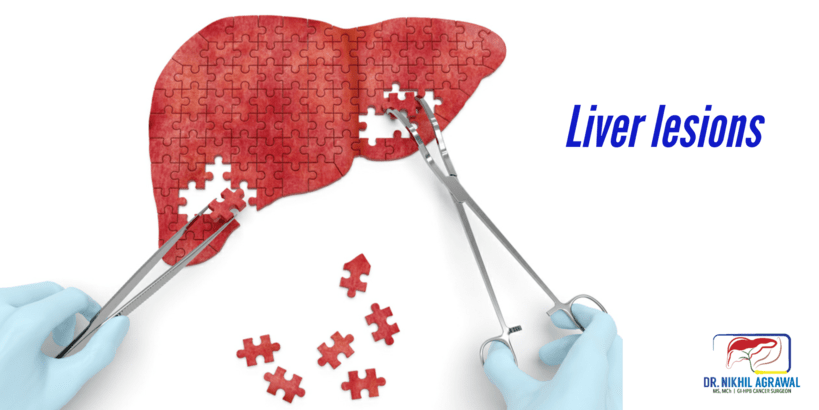Liver tumours, liver cysts and liver cancers

The liver
The liver is the largest internal organ in the human body. It is in the right upper abdomen, protected by the rib cage. The liver is made up of cells called hepatocytes. There are several other specialised cells in the liver. It produces bile for digestion. A network of tubes crisscrossing the liver called bile ducts collect bile and carry it to the intestine. The branches of the portal vein, hepatic artery and hepatic veins are also spanning across the liver.
The liver is a vital organ and has many important functions. It plays a key role in the digestion of food. Functions of the liver include:
- Removing toxins from the blood
- Producing blood clotting factors
- Maintaining normal sugar levels in the body
- Storing and processing nutrients absorbed by the intestine
Liver tumours
Different types of cells in the liver can form various types of tumours. Some of them are benign (non-cancerous) and some are malignant (cancerous).
When a healthy cell gets the capacity to divide continuously and grow, it becomes cancerous. It then forms a tumour which increases in size and spread to other parts of the body.
Cancer can start in the liver, or it can come to the liver from other organs. Cancer which starts in the liver is primary liver cancer while cancer which spreads to the liver from other organs are secondary liver cancers or metastatic cancers.
Primary liver cancers
A malignant (cancerous) tumour that starts in the liver is primary liver cancer. There are several types of primary liver cancers. The commonest among them is hepatocellular carcinoma. The primary liver cancers include:
Hepatocellular carcinoma: Read more about it here.
Intrahepatic bile duct cancer or cholangiocarcinoma: Read more about it here.
Angiosarcoma: Angiosarcomas are rare cancers. They begin in the cells lining the blood vessels of the liver. Risk factors for the occurrence of this cancer include chemicals (vinyl chloride, thorium dioxide, arsenic or radium) and hereditary hemochromatosis. It is aggressive cancer and usually diagnosed late, with poor survival rates.
Hepatoblastoma: Rare cancer that occurs in children. It is treated with chemotherapy and surgery.
Secondary (metastatic) liver cancers
When cancer originating from elsewhere in the body spreads to the liver, it is secondary or metastatic liver cancer. The organ where cancer originated is the primary site. Their treatment depends on their site of origin. Cancer which has metastasized to the liver portrays a poor outcome with some exceptions.
The common primary sites of metastatic liver cancer include:
- Colorectal cancer
- Breast cancer
- Pancreatic cancer
- Kidney cancer
- Lung cancer
- Stomach cancer
- Esophageal cancer
- Gallbladder cancer
- Periampullary cancer
- Melanoma (skin cancer)
Benign liver tumours
The liver can be affected with several benign (non-cancerous) tumours. They grow locally but do not spread. Some of them can turn cancerous. These include hemangioma, hepatic adenoma, focal nodular hyperplasia and many more. Read about them here.
Liver cysts
Besides these benign and malignant tumours, several types of cysts can occur in the liver. These include simple cyst, polycystic liver disease, hydatid cyst, liver abscesses, cystadenoma of the liver, various cystic tumours and Caroli's disease. Learn about them here.
Wish you a speedy recovery!


